My Project – Drawing 100 things in my house
As some of you know, my house is undergoing a big change this year, as my son is moving in with his family. They are renovating, moving furniture, etc. and in the process, a lot of old items are coming to light.
While sorting mountains of things that haven’t seen the light in decades, I decided to undertake a project to draw 100 things in my house. I was inspired to do this by a very stylish collection of the same type that I saw in Miidera Temple in Otsu. While mine isn’t going to be as beautiful as that, at least I hope it will preserve the look of the house and the things in it for future generations to enjoy.
How far along am I in this project? I have just finished #9. Well, I don’t have much time to do it, my days are very full with helping with the renovation work as well as my garden and other writing. Still, if I do it whenever I have time (one drawing takes about 3 hours), I feel confident that at some point I will have all 100 drawings.
I hope you enjoy this little taste of my latest project. Please excuse the poor quality of the pictures. When the whole collection is finished, I plan to photograph them properly, shrink them down from postcard size to about 10 x 6 cm, and make them into a card set.
[Visit Rebecca’s website and blog at rebeccaotowa.com. For her self-introduction see here, and for a review of her book of short stories, The Mad Kyoto Shoe Swapper, see here.]
******************
100 pics 1 – A view of the rear garden with centuries-old plum tree and hand-carved stone lantern. The lantern will survive the renovation in a different place, but the tree is coming down. The building is the eastern storehouse, which will become the master bedroom.

****************
100 pics 2 – a garden tool for cutting things, I use it to cut rice straw for mulch. The wooden part is so long because when you are using it, you have to step or kneel on it to steady it. Still works after God knows how long, without sharpening.

**************
100 pics 3 – Sewing tool used in traditional Japanese sewing, this little item clamps the material so it will stretch tight and enable the tiny stitches used in making kimono, etc.

**************
100 pics 4 – Old metal lock (I think… I don’t have a key to it) from a wooden door that is no more, outer door of the main storehouse. I admit I am glad to see these doors replaced by metal sashes, as they were very flimsy and I wondered which typhoon would bring them down.

**************
100 pics 5 – Old-fashioned pillow. Ladies would use this type of pillow under their neck to preserve their elaborate hairstyles. As one who never under any circumstances sacrifices comfort for style, I wince at the discomfort these ladies must have suffered.




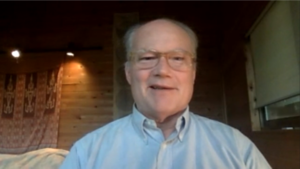
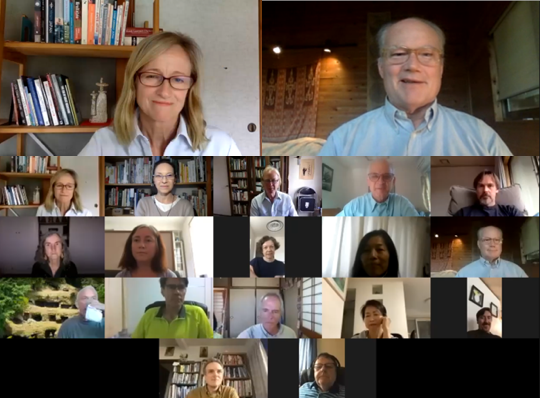
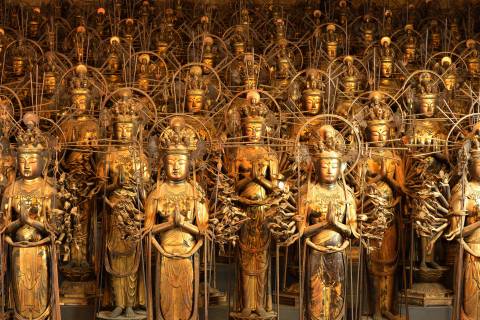

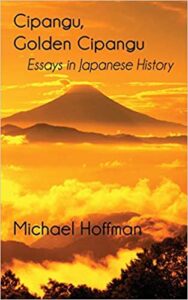

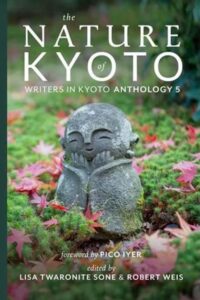
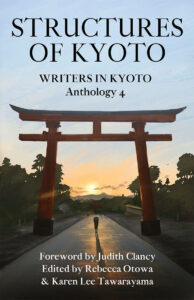
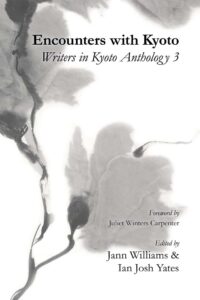
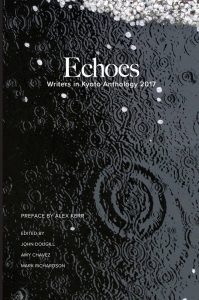
Recent Comments